Video-Based Aural Rehabilitation Guide: Enhancing Listening and Spoken Language in Children and Adults
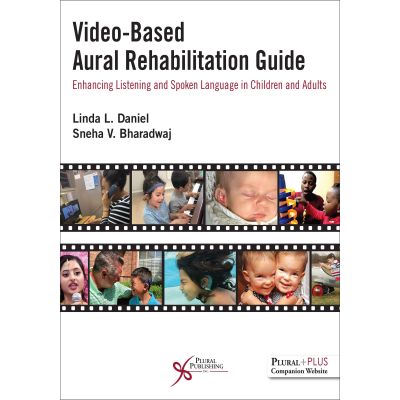
DESCRIERE
The Video-Based Aural Rehabilitation Guide: Enhancing Listening and Spoken Language in Children and Adults is the first aural rehabilitation book of its kind to intertwine chapter text with over 200 captioned videos. This unique resource is intended to educate undergraduate and graduate students in speech-language pathology, audiology, and education of the deaf and hard of hearing, as well as enhance the knowledge and skills of practicing professionals. The extensive videos are also an invaluable resource for students enrolled in a clinical or student teaching practicum.
Videos feature speech-language pathologists, audiologists, Listening and Spoken Language Specialists, teachers of the deaf and hard of hearing, early interventionists, otologists, and occupational therapists practicing in settings such as clinics, private practices, schools, hospitals, and the community. Topics addressed in the text and videos include hearing technologies, aural rehabilitation procedures, factors that affect intervention outcomes, fundamentals of assessment, supports for education, counseling for children and adults with hearing loss, and the psychosocial well-being of persons with hearing loss and their families.
The Video-Based Aural Rehabilitation Guide can be used as a stand-alone text or as a companion alongside the most frequently used aural rehabilitation textbooks.
- Over 200 captioned videos accessible on a companion site
- Collaboration among 14 professionals in audiology, speech-language pathology, Listening and Spoken Language, medicine, education, research, and psychology
- Chapters with concise summaries, recommended resources for further learning, and study questions with answer keys
- Background information on the individuals featured in the videos
This exciting new text with instructional videos is a much-needed bridge that integrates the disciplines of speech-language pathology, audiology, and education of the deaf and hard of hearing to educate professionals serving children and adults with hearing loss and their families.
Genetic factors account for at least half of the cases of hearing loss diagnosed in children (CDC, 2017). Examples of genetic etiologies of hearing loss are: CHARGE syndrome (associated with colobomas, heart defects, atresia choanae, growth retardation, genital abnormalities, and ear abnormalities); Pendred syndrome (which includes hearing loss and enlarged vestibular aqueducts); connexin 26 (a genetic mutation that is one of the most common causes of inheritable childhood sensorineural hearing loss); and Usher’s syndrome (which manifests as hearing loss and progressive loss of vision). In this sample of a pediatric case interview from the companion website, Christina, mother of 14-month-old Harrison, discusses the steps involved in diagnosing her son’s hearing loss and determining its etiology.
Categorii de carte
-Comandă specială
-Edituri
-Promo
-Publicaţii Callisto
-Cărţi noi
-- 831,60 leiPRP: 924,00 lei
- 264,60 leiPRP: 294,00 lei
- 525,00 lei
Promoţii
-- 152,25 leiPRP: 304,50 lei
- 147,00 leiPRP: 210,00 lei
- 831,60 leiPRP: 924,00 lei


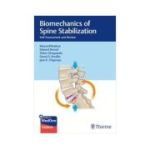
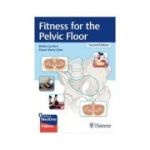
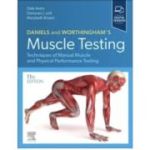
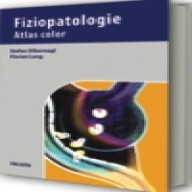





REVIEW-URI